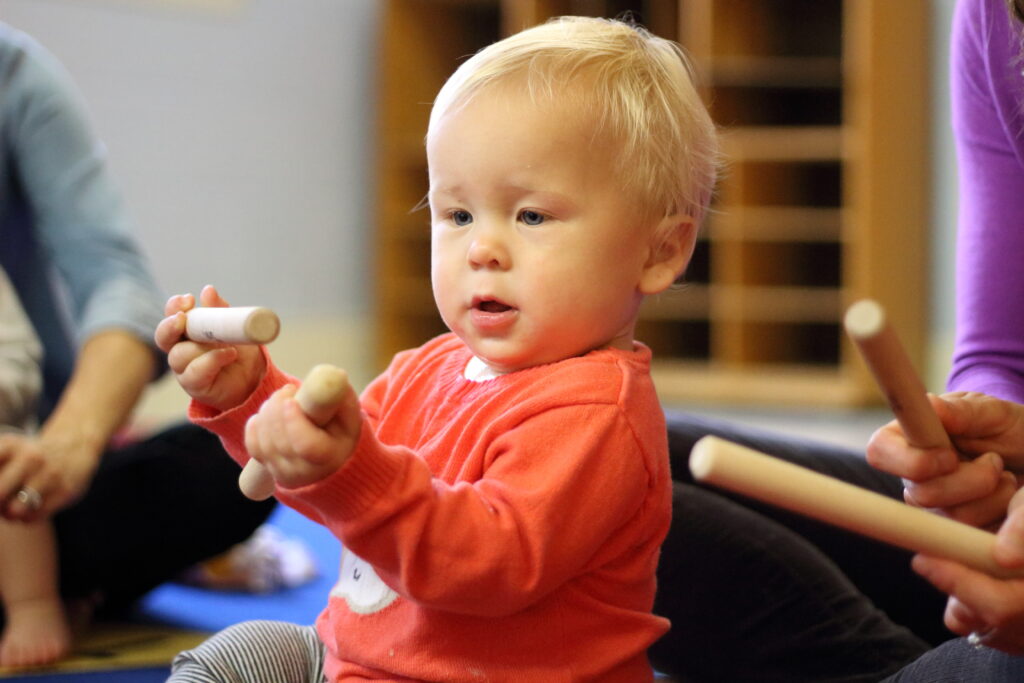Thanksgiving is the perfect time to teach children the importance of being grateful. It’s not uncommon for children, let alone adults, to disregard the significance of the little things that go on in our daily lives. While holidays do stand out in the memories of children, they don’t often understand the reason that family and friends are getting together and sharing meals. Even this year, when the COVID pandemic puts limits on our Thanksgiving gatherings, caregivers should think about ways to teach children how to appreciate things present in their lives as well as significant events and others in the past.
Expressing gratitude can decrease stress and increase a feeling of belonging. There are many ways that parents and caregivers can model behavior and teach children to be thankful.
Ways to Teach Children Gratitude
- Model Thanks Every Day – Teaching gratitude starts with the role-models in children’s everyday lives, whether a parent, a sibling, or a music teacher. Saying thank you to others when they assist you, no matter how small the gesture, sets an impression that children will mimic.
- Discuss your meaning of Thanksgiving – The historic accuracy of the original “Thanksgiving Story” has been the subject of much debate over the years, and parents can decide whether to speak about it with their children. It is important to talk about what thanksgiving means for your family so that they may put into context what you are truly thankful for, while giving them a chance to talk about things that they love.
- Talk About Where Food Comes From – For most of us, food is something for which we depend on others. A study found that 25% of primary school children did not know where butter or cheese came from. Talk with your children about where and how food is produced, and how grateful you are for having such easy access to food.
- Show the Joy of Giving – As you talk to your child about being grateful for what you have, it’s a good time to talk also about those who may not be as fortunate. Giving back, whether it is participating in a local food drive or donating to a worthy cause, children better understand the value of what they should be thankful for, while also observing empathy.
- Create New Memories for Thankfulness – Create situations and activities for your family to spend time together without the typical outside influences of screens and other distractions. The act of preparing the Thanksgiving meal can be a great opportunity for the family to work together and talk about gratitude.
- Ritual, Ceremony, and Tradition – We have written about how children love ritual, ceremony, and consistency. Even before science, all of the major religions understood the importance of gratitude. Whether your gathering gives blessing or talks about gratitude over the Thanksgiving meal, it can become a teaching tradition that children will learn from and cherish.
- Be Sincere About Being Thankful – Young children, even before they understand language, are picking up on facial expressions and gestures from their role models. Sincerity is not often thought of as a physical act, but children can pick up on when adults give their undivided attention to a gesture, make eye contact, and smile after thanks is given.
Studies have found that people who practice gratitude gain many benefits in both physical and psychological health. From a teaching perspective, kids who understand gratitude have better grades and are less likely to get depressed. So whether at home around the Thanksgiving table, or in a classroom setting such as a children’s music class, learning to show gratitude is important and beneficial to the long term health of the child.






